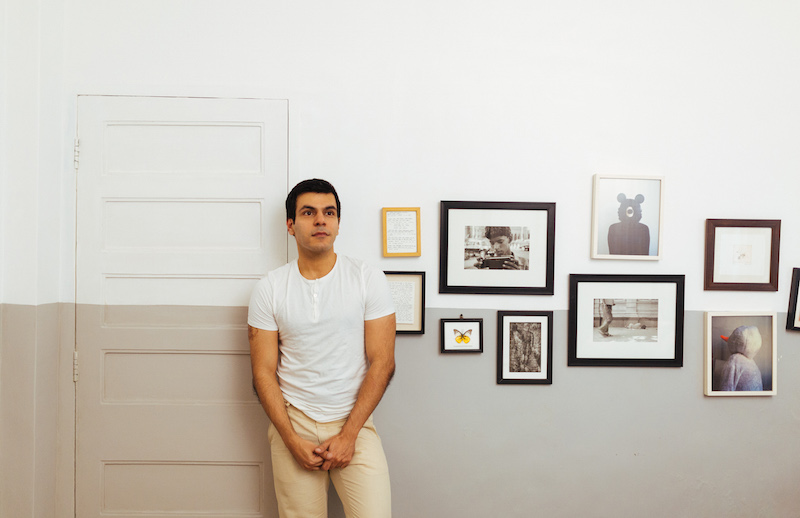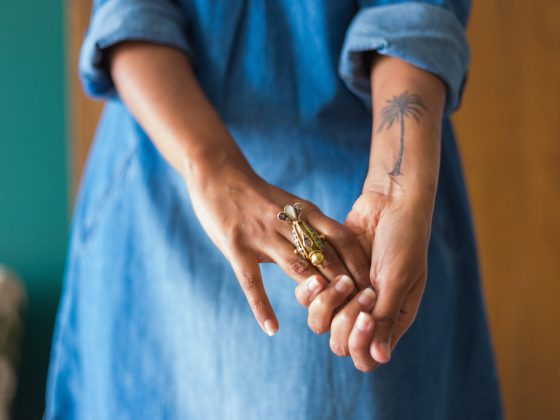Along the west coast, 600-odd kilometres north of Goa, rests Mumbai-dip-dyed in shades of vernacular, gastronomical and cultural multiplicities. Ravi Vazirani fesses up on seeing the concrete metropolis along the lines of rammed earth artisanal buildings and vintage finds.
A note-worthy furniture store
Make time to visit Mahendra Doshi Antiques. It’s not your run-of-the-mill furniture store mass-producing furniture. I don’t enjoy buying pieces that are generic, so I am always looking to mix-up elements. They have some beautiful antiques which are a joy to source.
A place to find antique pieces to complement modern settlements
Apart from Mahendra Doshi, I enjoy shopping at Chor Bazaar. It’s probably a tad predictable, but if you’ve got an eye for the unusual, this is where you want to go.
Physical or virtual art hubs that can be harnessed for inspiration
Bombay’s art district and its extension, Colaba have some very nice galleries. Unable to make a decision between my favourite two, I am going to mention them both. Chatterjee & Lal and Project 88. Located in stunning heritage properties, they represent art and artists that I really connect with.
A building to be admired for its architecture
Old Bombay has some wonderful architecture, the (Knesset Eliyahoo) synagogue in Kala Ghoda for instance. Surprisingly for a city that is modern and diverse, we don’t have much architecture to marvel about. I have grown up driving past Kanchanjunga Apartments in South Bombay and it is a beautifully designed building. That is what architecture should be like. Timeless.
A spot that young artists and architects should visit
The Banganga Tank in Walkeshwar. There’s something so beautiful and serene about that space even though it’s crowded, full of people, temples and whatnot, representing the organised chaos that Bombay is. Our current architecture and city planning seriously lacks a coordination between indoor and outdoor spaces.
A book by an author on Bombay that’s worth the time
I haven’t read many books on Bombay, except for Shantaram and Maximum City.

A song that best defines the spirit of Bombay
Clichéd as it might be, it’s got to be Iktara, from Wake Up, Sid!
Textures that resonate most with Bombay’s architecture
Moss. Old decaying industrial mills with beautiful layers of moss. That’s one texture I believe that resonates most with Bombay, almost taking forward the concept of wabi-sabi, a Japanese concept that is centered around transience and imperfection.













